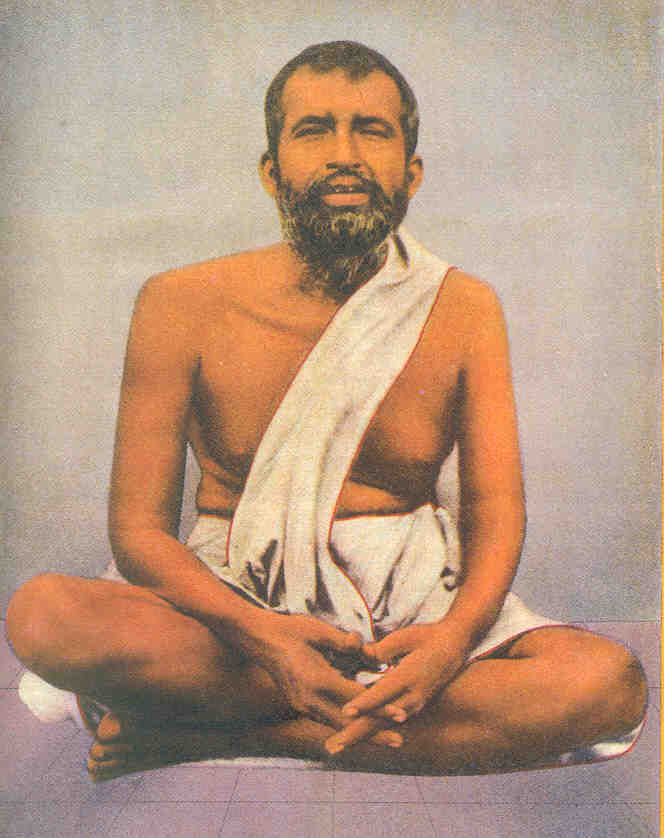8: Creation and Life After Death : 3.
The Teachings of the Bhagavadgita :
The very characteristic of the senses as an impulsion towards contact with objects is indicative of there being a common feature between themselves and the objects outside, and it was made clear to us that the perception of the world by the senses, or rather, the contact of the senses with the objects outside, is a colliding of the gunas of prakriti with the gunas of prakriti. The sattva-rajas-tamas combination, which is the constituent assembly of the individual, comes in contact with its own expanse in the form of a so-called world presented outside.
Nothing in the world, nothing in the individual, nothing in heaven and earth can be outside the purview and operation of these three gunas of prakriti. Not even heaven is outside the operation of these gunas. The heaven of Indra, or all the planes of existence, even up to Satya-loka – whatever is in this physical world, whatever is in you and me and everywhere – all these things are the permutation and combination of these building bricks of the cosmos: sattva, rajas, tamas. Thus the perception of the world, the knowledge we have of an external object is a very interesting phenomenon taking place of which we, as individuals, do not have a complete picture before our mind's eye.
The world beholds itself, as it were, in all processes of perception, and it is not 'A' or 'B' looking at a 'C' outside, unconnected with it. The world is not a 'C' outside 'A' or 'B' as an individual. So, in the process of the practise of yoga in its higher reaches, especially from the beginning of the seventh chapter, we are performing a Hanuman's feat of leaping across this ocean of the large expanse of the cosmos and recognising the basic fraternity that is there already, from time immemorial, between ourselves as subjects and the whole cosmos, the world outside, as an object of ours.
I will bring our minds back to the earlier stages of our studies, lest we may forget them. We began with the first chapter where we are confronting the social atmosphere of the Mahabharata, and it was all a chaotic presentation before the distracted mind of Arjuna, due to which he was disarmed completely, psychologically, and he found himself in a social chaos and an unintelligible relationship between himself and his kith and kin and society in general. This problem had to be tackled by the Samkhya mentioned in the second chapter and explained further in the third chapter. A right understanding of the nature of human relationship was essential, and it became necessary further on to know the nature of one's own personality also. Thus, the social relationships got integrated with the existence of the individual whose coming together may be said to constitute a society.
To be continued ...

.jpg)

.jpg)

Comments
Post a Comment